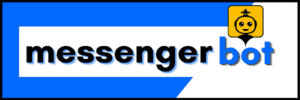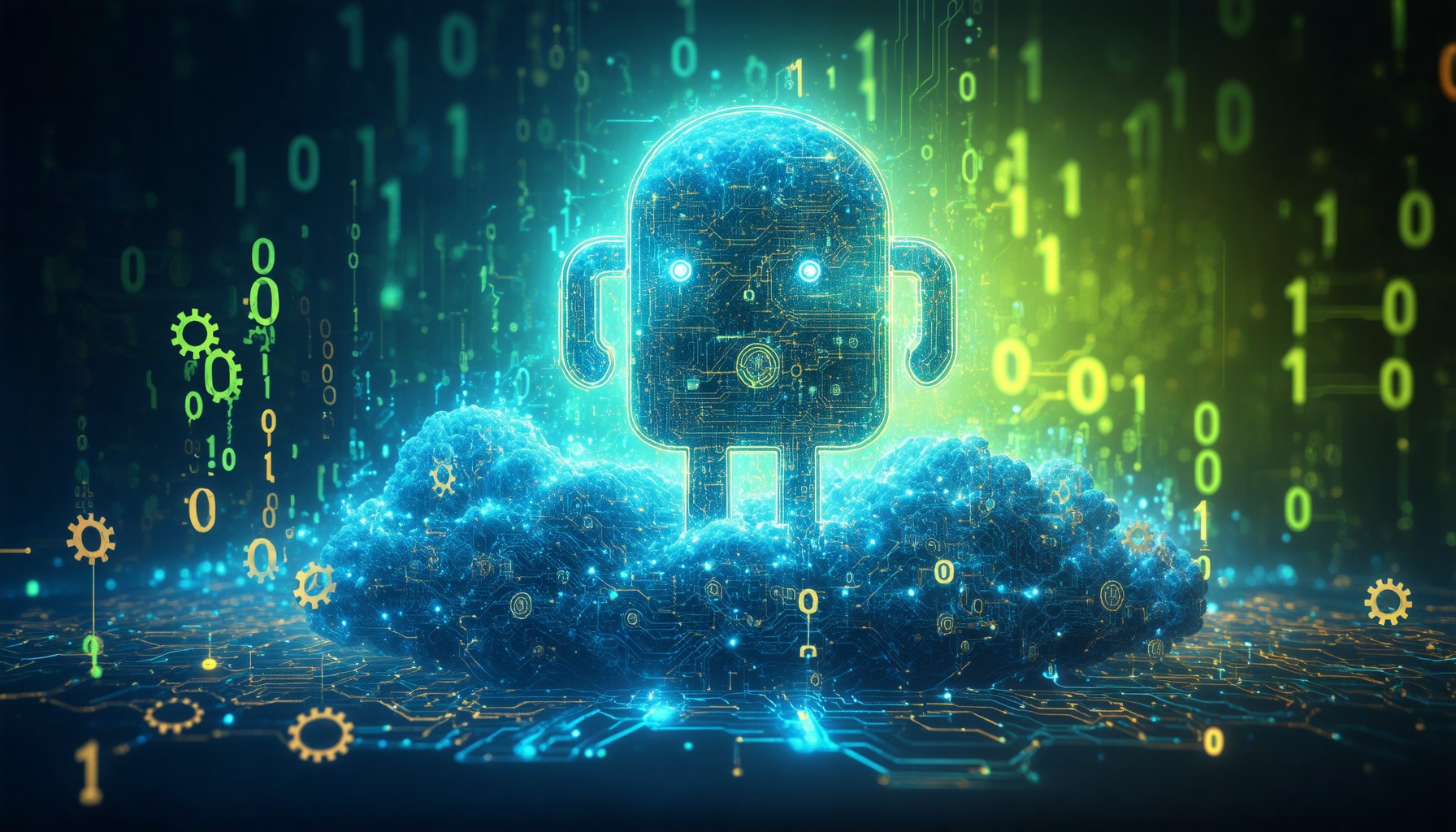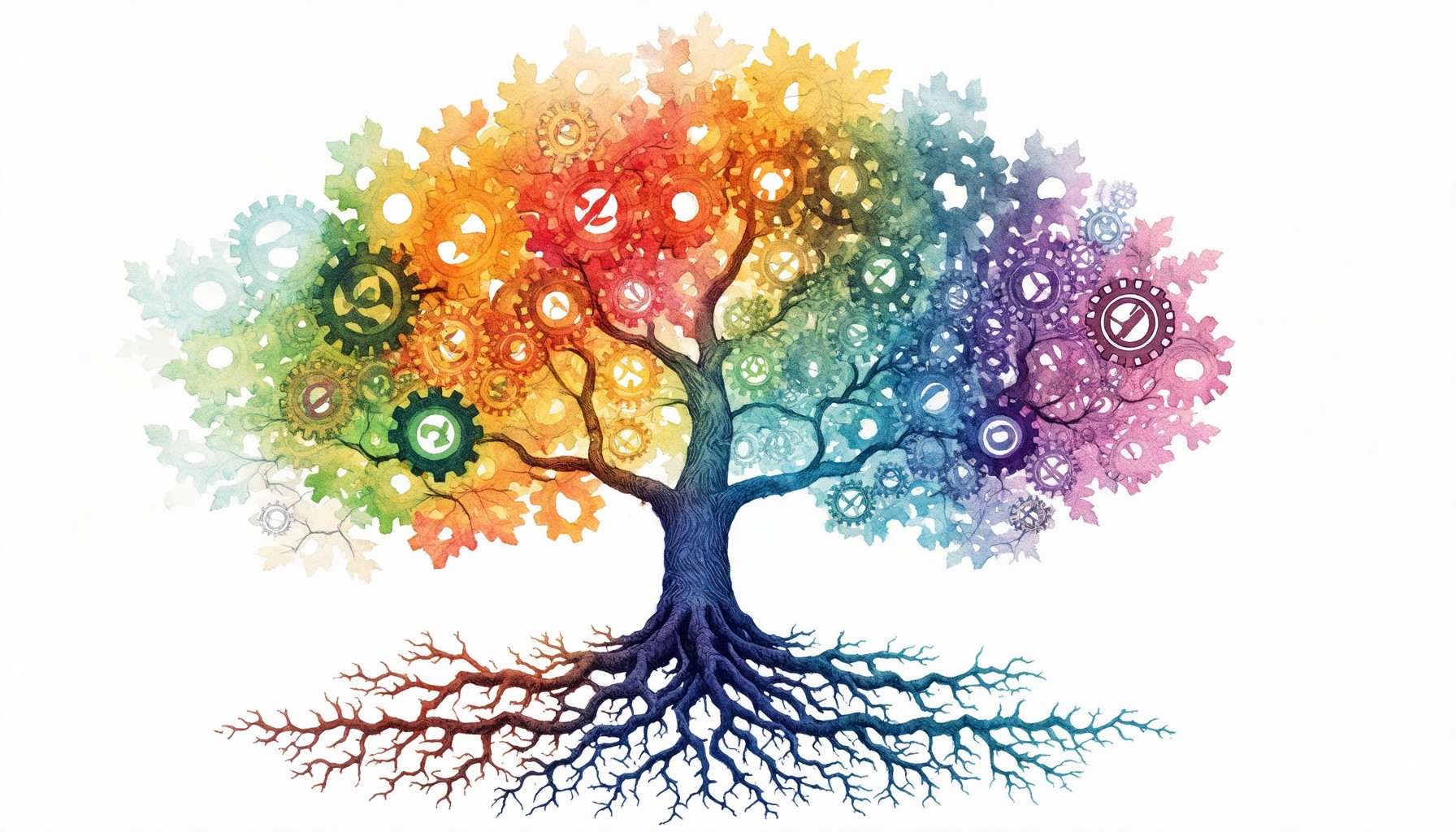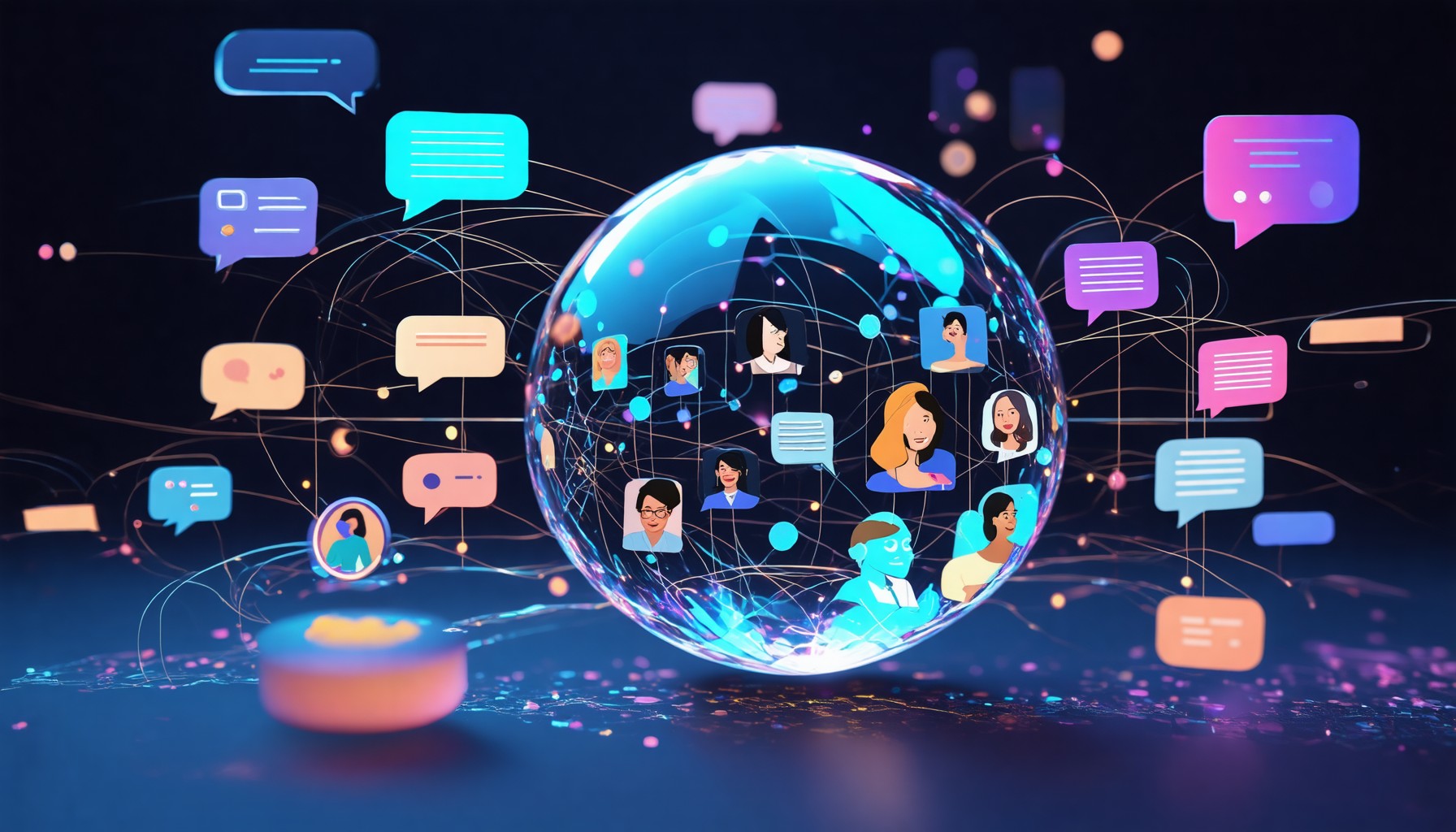Key Takeaways
- Embark on your AI chatbot project by defining its purpose to enhance customer service and engagement.
- Utilize platforms like Dialogflow and Rasa to build your chatbot efficiently and effectively.
- Implement machine learning and natural language processing to improve your chatbot’s responsiveness and adaptability.
- Regularly train and update your chatbot using diverse data to enhance its understanding of user queries.
- Monitor performance analytics to optimize user interactions and continuously refine your chatbot.
- Explore free resources and open-source tools to kickstart your AI chatbot development without financial constraints.
In today’s digital landscape, the demand for interactive and intelligent communication tools has never been higher. If you’re considering embarking on an AI chat bot project, you’re not alone. This comprehensive guide will walk you through the essential steps to create your own AI chatbot, from understanding the basics to navigating legal considerations and exploring valuable resources. We will delve into the key components that make up an AI chatbot, differentiate between AI and traditional chatbots, and discuss the role of machine learning in enhancing chatbot capabilities. Additionally, we’ll address the legality of AI bots, the benefits of developing your own chatbot, and whether you can do it for free using open-source resources. By the end of this article, you’ll be equipped with the knowledge and tools necessary to kickstart your AI chat bot project and contribute to the growing community of developers on platforms like GitHub. Let’s dive in and explore how to make an AI chatbot project that stands out!
Understanding the Basics of AI Chatbots
What is an AI chatbot?
An AI chatbot is a sophisticated software application designed to simulate human conversation through artificial intelligence. These chatbots utilize natural language processing (NLP) to understand user inquiries and provide relevant responses. Unlike traditional chatbots, which rely on pre-defined scripts, AI chatbots can learn from interactions and improve their responses over time. This adaptability makes them invaluable for businesses looking to enhance customer engagement and streamline communication.
Key components of an AI chatbot project
Creating an AI chatbot project involves several critical steps:
- Define the Purpose:
- Determine the specific function of your chatbot (e.g., customer service, information retrieval, entertainment).
- Identify your target audience to tailor the chatbot’s responses and personality.
- Choose the Right Platform:
- Select a chatbot development platform that suits your needs, such as Dialogflow, Microsoft Bot Framework, or Rasa.
- Consider using Messenger Bot if you aim to integrate your chatbot with Facebook Messenger for broader reach.
- Design the Conversation Flow:
- Map out potential user interactions and responses using flowcharts or conversation trees.
- Ensure the flow is intuitive, allowing users to navigate easily through the conversation.
- Develop the Chatbot:
- Use natural language processing (NLP) tools to enable your chatbot to understand and respond to user queries effectively.
- Implement machine learning algorithms to improve the chatbot’s responses over time based on user interactions.
- Train Your Chatbot:
- Input a diverse set of training data to enhance the chatbot’s understanding of various queries.
- Regularly update the training data to include new phrases and user intents.
- Test Your Chatbot:
- Conduct thorough testing to identify and fix any issues in the conversation flow or response accuracy.
- Use A/B testing to compare different versions of your chatbot and optimize performance.
- Customize the User Interface:
- Create a visually appealing chat widget that aligns with your brand identity.
- Include features such as quick replies, buttons, and rich media to enhance user engagement.
- Launch and Monitor:
- Publish your chatbot on your website or chosen platform.
- Monitor user interactions and gather feedback to continuously improve the chatbot’s performance.
- Analyze Performance:
- Utilize analytics tools to track user engagement, response accuracy, and overall satisfaction.
- Adjust the chatbot’s training and conversation flow based on performance metrics.
- Stay Updated:
- Keep abreast of the latest trends in AI and chatbot technology to ensure your project remains relevant and effective.
- Regularly update your chatbot’s capabilities and features based on user feedback and technological advancements.
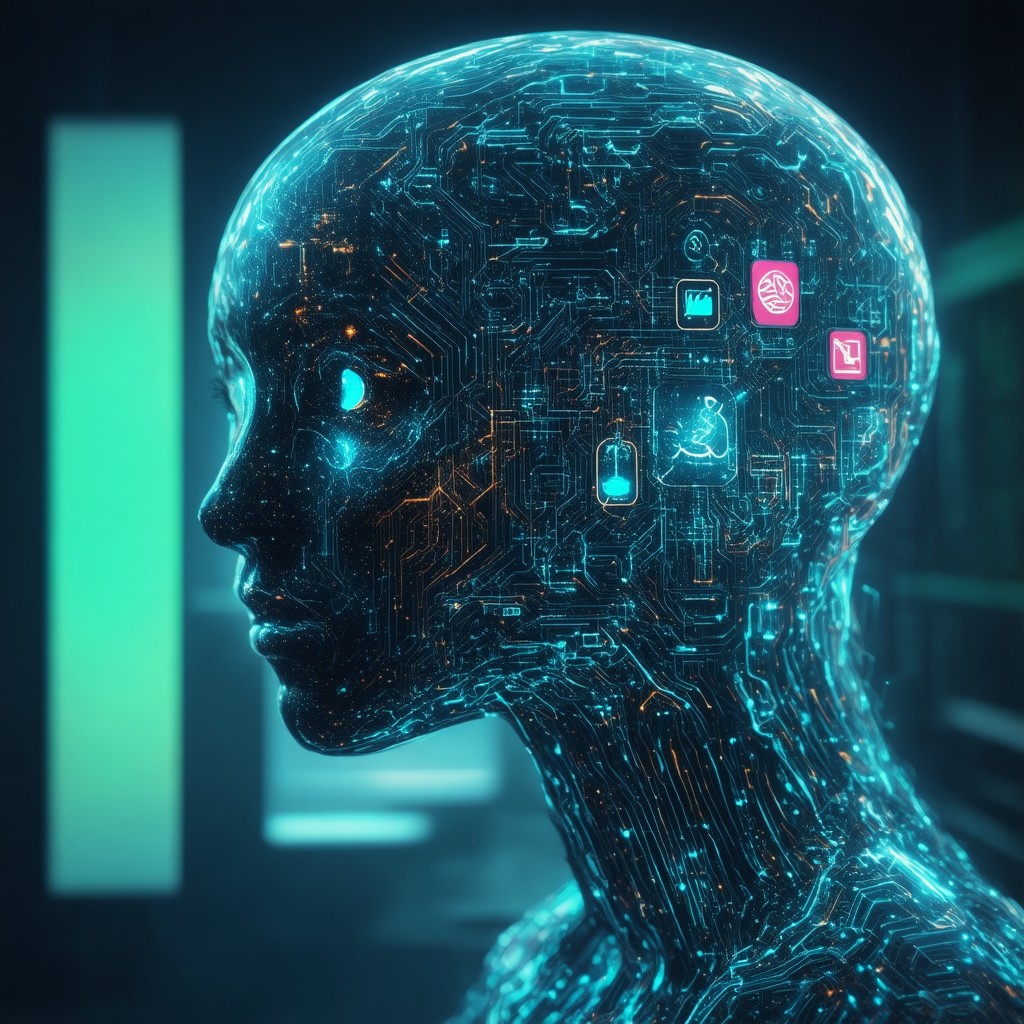
Understanding the Basics of AI Chatbots
What is an AI chatbot?
Yes, a chatbot is indeed an AI project. AI chatbots are sophisticated applications designed to simulate human-like conversations through the use of advanced technologies such as natural language understanding (NLU), natural language processing (NLP), and machine learning (ML). These technologies work together to create an engaging user experience, allowing businesses to automate interactions and provide instant support.
Natural Language Understanding (NLU): This technology enables chatbots to comprehend user inputs by interpreting the meaning behind the words, allowing for more accurate responses. According to a study published in the Journal of Artificial Intelligence Research, effective NLU is crucial for enhancing user experience in conversational agents.
Natural Language Processing (NLP): NLP allows chatbots to process and analyze large amounts of natural language data. This capability is essential for understanding context, sentiment, and intent, which improves the relevance of the chatbot’s responses. Research from Stanford University highlights the importance of NLP in developing more intuitive and responsive chatbots.
Machine Learning (ML): ML algorithms enable chatbots to learn from interactions over time, improving their performance and accuracy. By analyzing user behavior and feedback, chatbots can adapt and provide more personalized experiences. A report by McKinsey & Company indicates that businesses leveraging ML in chatbots see significant improvements in customer engagement and satisfaction.
Key components of an AI chatbot project
When embarking on an AI chat bot project, several key components must be considered:
- Platform Integration: AI chatbots can be integrated into various platforms, including messaging applications like Facebook Messenger, enhancing their accessibility and user engagement.
- Automated Responses: Utilizing AI-driven technology, chatbots can provide real-time, automated responses to user inquiries, streamlining communication.
- Analytics and Performance Metrics: Implementing analytics tools allows businesses to track user interactions and optimize chatbot performance based on data-driven insights.
This integration allows businesses to provide instant support and information to users, streamlining communication and improving service delivery. Overall, AI chatbots represent a significant advancement in artificial intelligence, combining multiple technologies to create interactive and efficient communication tools.
Is Chatbot an AI Project?
When discussing whether a chatbot qualifies as an AI project, it’s essential to differentiate between AI chatbots and traditional chatbots. Traditional chatbots operate on predefined scripts and rules, providing responses based on specific keywords or phrases. In contrast, AI chatbots leverage machine learning and natural language processing (NLP) to understand and respond to user inquiries in a more human-like manner. This capability allows AI chatbots to learn from interactions, improving their responses over time and offering a more personalized user experience.
Differentiating Between AI Chatbots and Traditional Chatbots
AI chatbots are designed to handle complex queries and adapt to user behavior, making them significantly more versatile than traditional chatbots. Here are some key differences:
- Learning Capability: AI chatbots utilize machine learning algorithms to learn from past interactions, whereas traditional chatbots follow a fixed set of rules.
- Natural Language Understanding: AI chatbots can comprehend and process natural language, allowing for more fluid conversations compared to the rigid responses of traditional chatbots.
- Context Awareness: AI chatbots maintain context over multiple interactions, enabling them to provide relevant responses based on previous conversations.
By understanding these distinctions, businesses can better assess the potential of implementing an AI chat bot project that meets their specific needs.
The Role of Machine Learning in AI Chatbot Projects
Machine learning plays a pivotal role in the development of AI chatbots. It enables these bots to analyze vast amounts of data, recognize patterns, and improve their performance over time. Here are some key aspects of how machine learning enhances AI chatbots:
- Data Analysis: Machine learning algorithms can process user interactions to identify trends and preferences, allowing chatbots to tailor their responses accordingly.
- Continuous Improvement: As AI chatbots engage with users, they gather feedback and learn from mistakes, leading to ongoing enhancements in their conversational abilities.
- Personalization: By leveraging user data, AI chatbots can provide personalized experiences, making interactions more relevant and engaging.
Incorporating machine learning into your AI chat bot project can significantly enhance its effectiveness and user satisfaction, setting it apart from traditional solutions.
Can I Create My Own AI Chatbot for Free?
Creating an AI chatbot can be an excellent project for various reasons, particularly in the context of enhancing customer engagement and streamlining operations. Here’s a comprehensive analysis of why making a chatbot is a worthwhile endeavor:
- Growing Demand for Automation: According to a report by Gartner, by 2025, 75% of customer service interactions will be powered by AI chatbots. This trend highlights the increasing reliance on automated solutions to handle customer inquiries efficiently.
- Cost Efficiency: IBM reports that businesses spend over $1.3 trillion annually addressing customer queries. Implementing chatbots can reduce these costs by up to 30%, making them a financially sound investment for organizations looking to optimize their customer service operations.
- Enhanced Customer Experience: A study by Uberall indicates that 80% of customers have had a positive experience using chatbots. This positive reception is largely due to the ability of chatbots to provide instant responses, 24/7 availability, and personalized interactions, which can significantly improve customer satisfaction.
- Skill Development: Building a chatbot from scratch allows developers to enhance their programming skills, particularly in languages like Python, JavaScript, or using platforms like Dialogflow. This project can serve as a practical application of machine learning and natural language processing (NLP) concepts.
- Integration with Messaging Platforms: Chatbots can be integrated into popular messaging platforms, such as Facebook Messenger, which boasts over 1.3 billion users. This integration can help businesses reach a wider audience and provide seamless customer interactions.
- Data Collection and Insights: Chatbots can gather valuable data on customer preferences and behaviors, which can be analyzed to improve products and services. This data-driven approach is essential for businesses aiming to stay competitive in their respective markets.
In conclusion, developing a chatbot is not only a technically enriching project but also a strategic move for businesses aiming to enhance customer service, reduce costs, and gain insights into consumer behavior. With the growing trend of automation and AI in customer interactions, investing time in chatbot development is a forward-thinking initiative.
Free Resources for Building an AI Chatbot
There are numerous free resources available for those looking to create their own AI chatbot. Here are some valuable platforms and tools to consider:
- Dialogflow: A Google-owned platform that provides a user-friendly interface for building chatbots. It offers free tiers that are perfect for beginners.
- Botpress: An open-source platform that allows developers to create chatbots with ease. It offers extensive documentation and community support.
- Rasa: A powerful open-source framework for building AI chatbots. It provides flexibility and control over the chatbot’s behavior and is ideal for developers with programming experience.
- GitHub: Explore various AI chatbot projects on GitHub to find inspiration and source code that can help kickstart your own chatbot development.
Utilizing these resources can significantly reduce the barriers to entry for creating your own AI chatbot, allowing you to experiment and innovate without financial constraints.
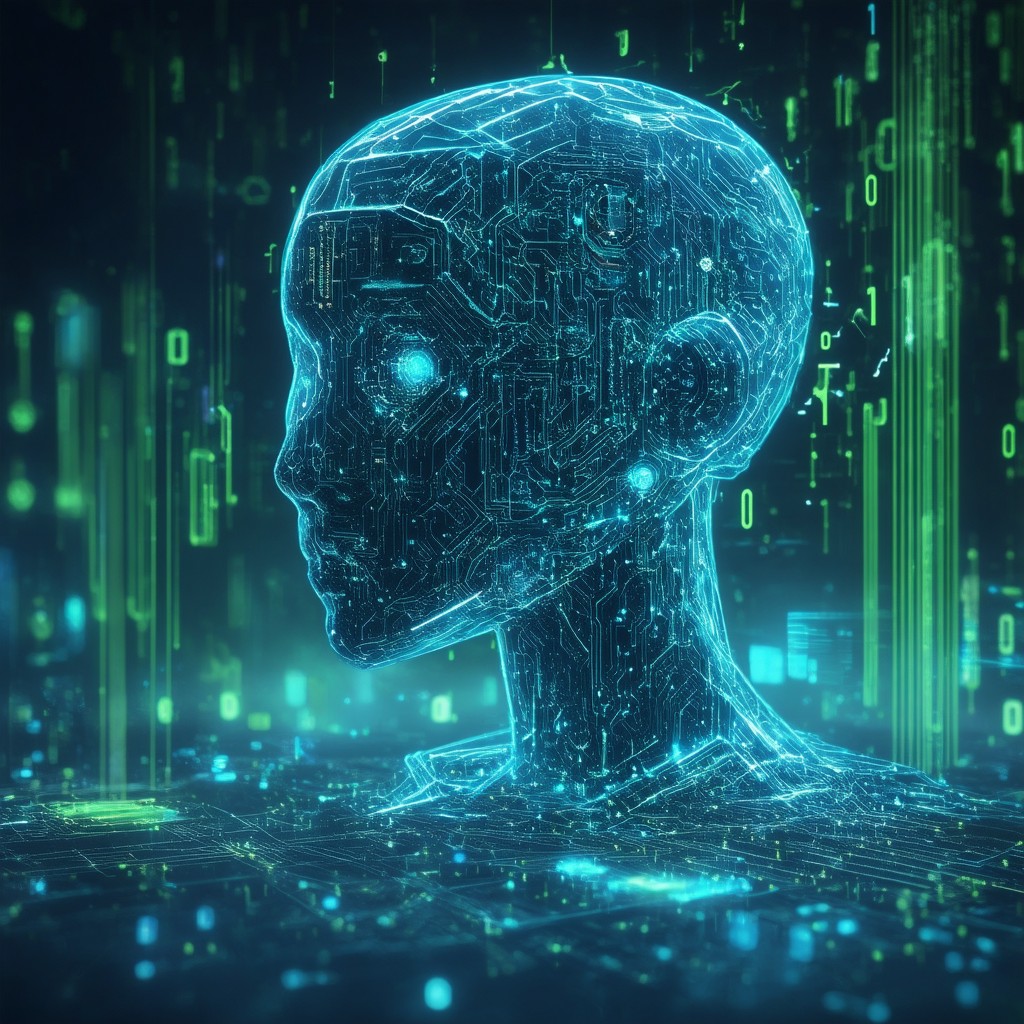
How do I start my own AI project?
Starting your own AI chatbot project can be an exciting journey, especially with the right approach and resources. Here’s a detailed guide to help you initiate your AI chat bot project effectively.
Steps to initiate your AI chatbot project
1. **Define Your Purpose**: Clearly identify the objectives of your AI chatbot. Are you looking to enhance customer service, generate leads, or provide information? Understanding your goals will guide your design and functionality.
2. **Research and Select a Platform**: Choose a platform that aligns with your needs. For instance, you can explore options like [HubSpot’s Free Chatbot Builder](https://messengerbot.app/free-trial-offer) or [Dialogflow by Google](https://messengerbot.app/mastering-how-to-make-a-chat-bot-in-messenger-a-comprehensive-guide-to-setting-up-automating-and-enhancing-your-facebook-messenger-experience/) for building conversational interfaces.
3. **Design the Conversation Flow**: Map out how interactions will occur. Create a flowchart that outlines potential user questions and the corresponding responses your chatbot will provide.
4. **Develop and Test**: Utilize the selected platform to build your chatbot. Ensure you test it thoroughly to identify any issues and refine its responses based on user interactions.
5. **Launch and Monitor**: Once your chatbot is live, continuously monitor its performance. Gather user feedback to make necessary adjustments and improvements.
Essential tools and technologies for AI chatbot development
To successfully develop your AI chatbot, consider using the following tools and technologies:
– **Natural Language Processing (NLP) Tools**: Platforms like [Brain Pod AI](https://brainpod.ai/ai-chat-assistant/) offer advanced NLP capabilities that can enhance your chatbot’s understanding of user intents.
– **Integration APIs**: Leverage APIs to connect your chatbot with other services, such as CRM systems or social media platforms, to streamline operations.
– **Analytics Tools**: Implement analytics to track user interactions and engagement metrics. This data will help you optimize your chatbot’s performance over time.
By following these steps and utilizing the right tools, you can effectively start your AI chat bot project and create a valuable asset for your business.
How do I start my own AI project?
To start your own AI chatbot project, follow these essential steps:
- Define a Clear Goal: Establish the specific problem you want your AI system to solve. This could range from automating tasks to enhancing user experiences. A well-defined goal will guide your project and help you measure success.
- Research and Understand AI Concepts: Familiarize yourself with fundamental AI concepts such as machine learning, neural networks, and natural language processing. Resources like “Artificial Intelligence: A Modern Approach” by Stuart Russell and Peter Norvig can provide a solid foundation.
- Gather and Clean the Data: Data is the backbone of any AI project. Collect relevant datasets that align with your goal. Ensure the data is clean and well-structured, as quality data directly impacts the performance of your AI model. Tools like Python’s Pandas library can assist in data cleaning.
- Choose the Right Algorithm: Select an appropriate algorithm based on your project requirements. For instance, if you’re working on a classification problem, consider algorithms like decision trees or support vector machines. Refer to resources like “Hands-On Machine Learning with Scikit-Learn, Keras, and TensorFlow” by Aurélien Géron for guidance on algorithm selection.
- Train the Algorithm: Use your cleaned dataset to train the algorithm. This involves feeding the data into the model and adjusting parameters to improve accuracy. Utilize frameworks like TensorFlow or PyTorch for efficient training processes.
- Evaluate Model Performance: After training, assess your model’s performance using metrics such as accuracy, precision, and recall. This step is crucial to ensure your AI system meets the desired standards.
- Deploy the Final Product: Once satisfied with the model’s performance, deploy it in a real-world environment. This could involve integrating your AI system into applications or platforms, such as a Messenger Bot, to enhance user interaction.
- Monitor and Refine Your AI System: Post-deployment, continuously monitor the system’s performance. Gather user feedback and make necessary adjustments to improve functionality and accuracy. Regular updates based on new data can help maintain the system’s relevance and effectiveness.
By following these steps, you can successfully initiate and develop your own AI chatbot project, leveraging the latest methodologies and tools in the field.
Essential tools and technologies for AI chatbot development
When embarking on your AI chatbot project, utilizing the right tools and technologies is crucial for success. Here are some essential resources to consider:
- Programming Languages: Python is widely used for AI projects due to its simplicity and extensive libraries. JavaScript is also popular, especially for web-based chatbots.
- Frameworks and Libraries: Leverage frameworks like TensorFlow and PyTorch for machine learning, and libraries such as NLTK or SpaCy for natural language processing.
- Chatbot Platforms: Consider platforms like Dialogflow or Microsoft Bot Framework, which provide robust tools for building and deploying chatbots.
- Version Control Systems: Use Git for version control to manage changes in your codebase effectively. GitHub is an excellent platform for collaboration and sharing your AI chatbot project.
- APIs: Integrate various APIs to enhance your chatbot’s capabilities, such as payment processing or external data retrieval.
By equipping yourself with these tools, you can streamline the development process of your AI chatbot project and ensure a more efficient workflow.
AI Chatbot Project GitHub
Finding inspiration from existing AI chatbot projects on GitHub
Exploring GitHub for AI chatbot projects can be an excellent way to gather inspiration and understand best practices. Many developers share their work, allowing you to see various implementations of AI chatbots. You can search for repositories tagged with keywords like “ai chat bot project” or “chatbot” to find a range of projects, from simple bots to complex systems. Notable projects often include detailed documentation, making it easier for you to learn from their architecture and coding techniques. Additionally, reviewing the issues and pull requests can provide insights into common challenges and innovative solutions within the community.
How to contribute to AI chatbot projects on GitHub
Contributing to AI chatbot projects on GitHub not only enhances your skills but also helps the community grow. Start by identifying projects that align with your interests and expertise. You can contribute by fixing bugs, adding features, or improving documentation. Before making contributions, familiarize yourself with the project’s guidelines and coding standards. Engaging with the community through discussions and feedback can also lead to valuable collaborations. By participating in these projects, you not only improve your coding skills but also build a portfolio that showcases your contributions to the AI chatbot landscape.
